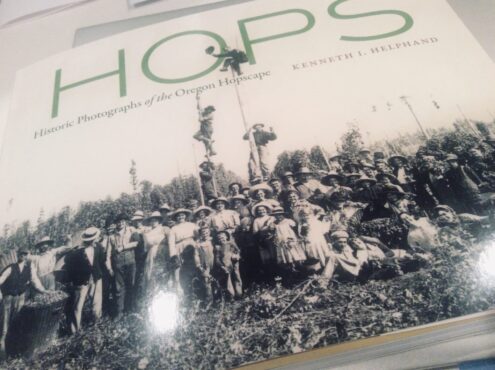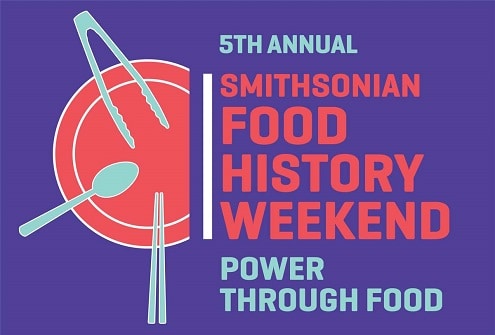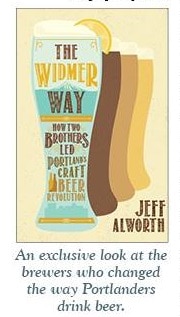The fabulous L.A. Beer writer Tomm Carroll has fastidiously tracked down historical records of the brewing scene in Los Angeles but a present day issue needs to be looked at, what about the history made yesterday, today and tomorrow.
It may be worth compiling a history now what with some breweries closing and with it the recipes, the shirts, tap handles and other merch along with the stories of how hard it was to open, the first successful beer, that first time canning beer and so on.
With L.A. Beer Week in full swing, I propose that this time each year, those brewery stories get recorded like the NPR booths that roam around the country recording the stories of ordinary Americans does. Each day a different brewery hosts and talks about their history. It is probably not feasible to collect physical stuff and store it, let alone display it but audio can be stored and used for future Tomm’s to use to write about 2022.









